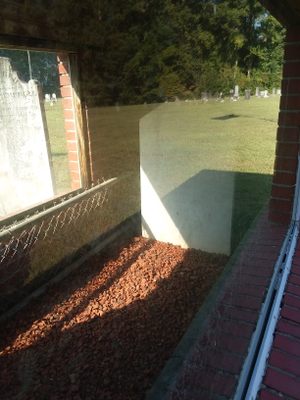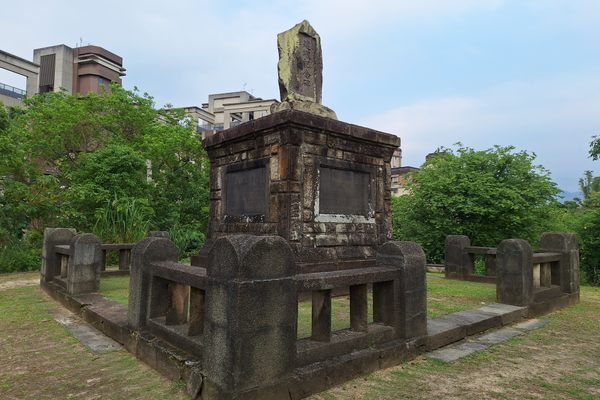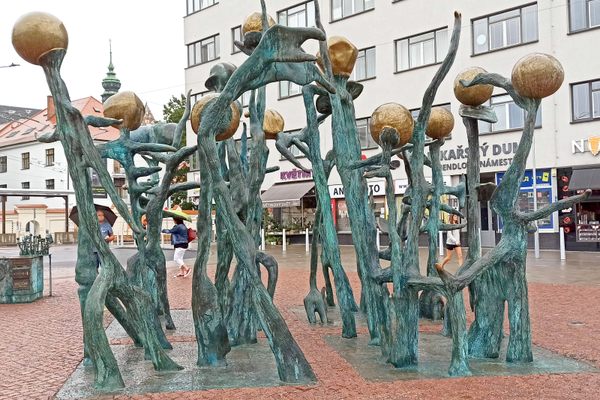About
The story of this simple grave begins at the turn of the 18th century during the Age of Napoleon and is one of a French soldier named Michel Ney. Born in France in 1769, Michel Ney became a civil servant but joined the military to seek adventure. Known for his bravery in battle, he eventually rose to become one of the eighteen Marshals (a rank similar to general in the U.S. Army) recognized by Napoleon I for extraordinary conduct in battle.
Michael Ney was a participant in almost every major engagement fought by Napoleon during his rule. Accompanying Napoleon into Russia in 1812, he was wounded numerous times and became legendary as the last French soldier to leave Russian soil during the disastrous retreat. For his actions during the Russian campaign he became known as “the bravest of the brave,” a title given to him by Napoleon himself.
After Napoleon’s downfall, Ney became part of the restored Bourbon monarchy but sided again with Napoleon upon his return. Captured after fighting at Waterloo, he was sentenced to death by firing squad. The sentence was carried out in December 1815 and his body was interred nearby.
Michel Ney’s story should end here but in January 1816 a gentleman named Peter Stuart Ney arrived on board a ship in the United States. Over the next 30 years, Peter Ney would often be recognized by individuals who had served with Napoleon as being Michel Ney. Each time he was recognized, Peter Ney would move to another community and assume a position with its local university.
During bouts of drinking, Peter Ney would claim to be the famous French Marshal Ney and when examined by doctors, all would note the extraordinary number of scars from shrapnel on Peter Ney’s body. Later, handwriting analysts would comment on the strong similarity between Marshal Ney and Peter Ney’s writing. Throughout his life in the U.S., Peter Ney showed an intimate knowledge of Napoleon’s habits and thoughts. Often he would write comments in the margins of books correcting what he perceived as “mistakes” made by those telling the story of the former Emperor.
As Peter Ney lay dying in 1846, he was asked if he was indeed Marshal Ney. Raising up on one elbow he proudly proclaimed he was and soon after passed away. He was interred in a nearby Presbyterian Church cemetery and visitors can read the following words on the stone marking his grave, “In memory of Peter Stuart Ney, a native of France and soldier of the French Revolution under Napoleon Bonaparte, who departed this life November 15, 1846, aged 77 years.” This is the same age Marshal Ney would have been had he lived until 1846. A small French flag flutters at the head of Peter Stuart Ney’s grave in memory of the life of the “bravest of the brave.”
Related Tags
Community Contributors
Added By
Published
October 26, 2010
Sources
- https://www.salisburypost.com/2022/07/07/researchers-unearth-possible-remains-from-peter-stewart-neys-grave/
- Napoleonic Society: http://www.napoleonicsociety.com/english/neya.htm
- Wikipedia: Michael Ney: http://en.wikipedia.org/wiki/Michel_Ney
- Davidson Encyclopedia: Peter Stuart Ney: http://library.davidson.edu/archives/ency/ney.asp





































